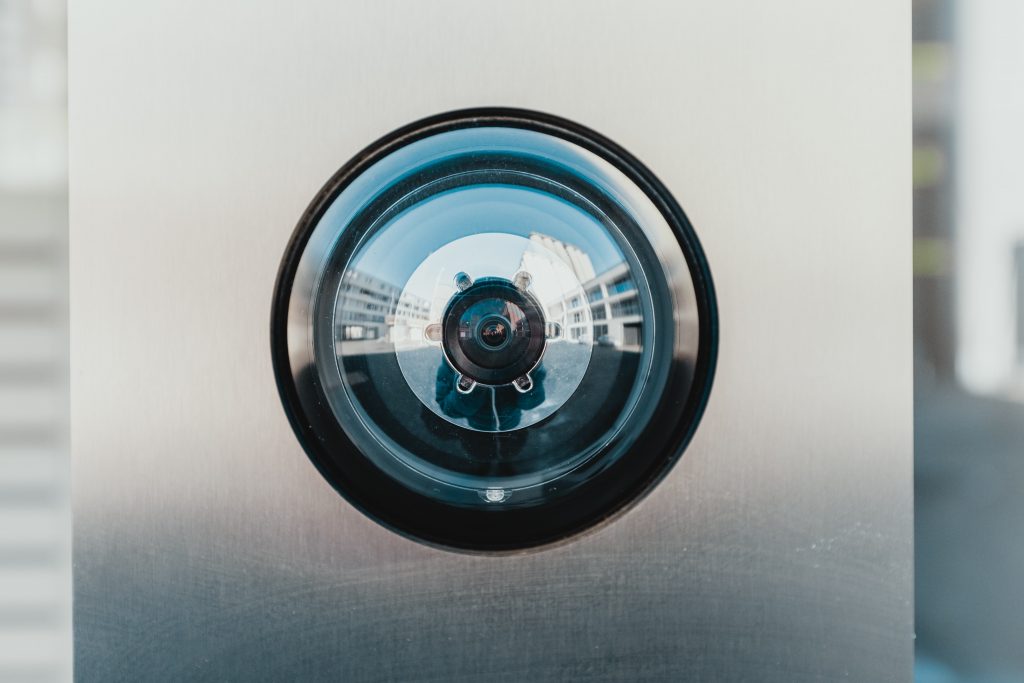Security leaders have been discussing to converge physical security in cybersecurity. These are two different securities. But, both of them protect the organization’s assets and resources. So how important is the role of physical security in protecting information and data?
What Is Physical Security?
When we think of physical security, we immediately think of bars, locks, or armed uniforms.
So, physical security is the protection of people, property, and physical assets. It protects from actions and events that could cause damage or loss.
And also, physical security focuses on the strategy, application, and preservation of countermeasures that can defend the physical resources of a business.
Physical Security In Cybersecurity Is Important
We understand physical security risks. For example, an open door increases the risk of unauthorized people entering. Valuable goods that are visible could be taken easily.
Human error and accidents may cause harm to people, property, and things. Therefore physical security is equally important as cybersecurity.
Most cybersecurity solutions concentrate on anti-malware tools. As well as firewall configurations and other data security measures. But, software can’t do anything if the attacker removes them from the storage room. So, physical security is very important.
Physical security and cybersecurity are becoming more closely connected. And both of them need to be working together to protect the physical and digital assets of an organization.
Establish A Solid Security Posture
How can physical security help cybersecurity?
It’s better if you:
- Know who is on your property or in your building
- Consider too when and how did they get in
- Also, ensure that they are authorized to be there. That set up creates a safer space.
- You can also lock down all areas of the property or office that house sensitive information or equipment. Of course except for a few designated and trusted individuals. Examples are server rooms or HR offices with employees’ personal information,
The following points may also help:
- Identify and classify your assets and resources (what to protect)
- Identify plausible threats (who to protect it from)
- Know the plausible vulnerabilities that threats may exploit (the likelihood)
- Identify the expected cost if bad things happen (the consequences)
Consider Physical Security When It Comes To Cybersecurity
Businesses and organizations strengthen their cybersecurity defenses by applying patch over vulnerabilities. Or maybe, they install firewalls and other software.
However, it’s always good to remember that software is not the only weapon when it comes to cybersecurity. You also need to consider physical security in your line of security defenses.
Goldstein (2016) suggests considering precaution outside of your computer:
- Foster a culture of security: You may want to train employees in security awareness. Also, motivate them to protect the organization.
- Secure entry points: Invest in security gates and doors or require access cards and deploy “smart locks”.
- Use surveillance cameras: Surveillance cameras can help detect potential threats. Cameras also provide solid evidence for forensic review after incidents.
- Install alarms: These devices are crucial security elements for warding off intruders.
- Guard the server room: Businesses often maintain their data center in the room. So monitoring and even securing access with security gates is especially important.

